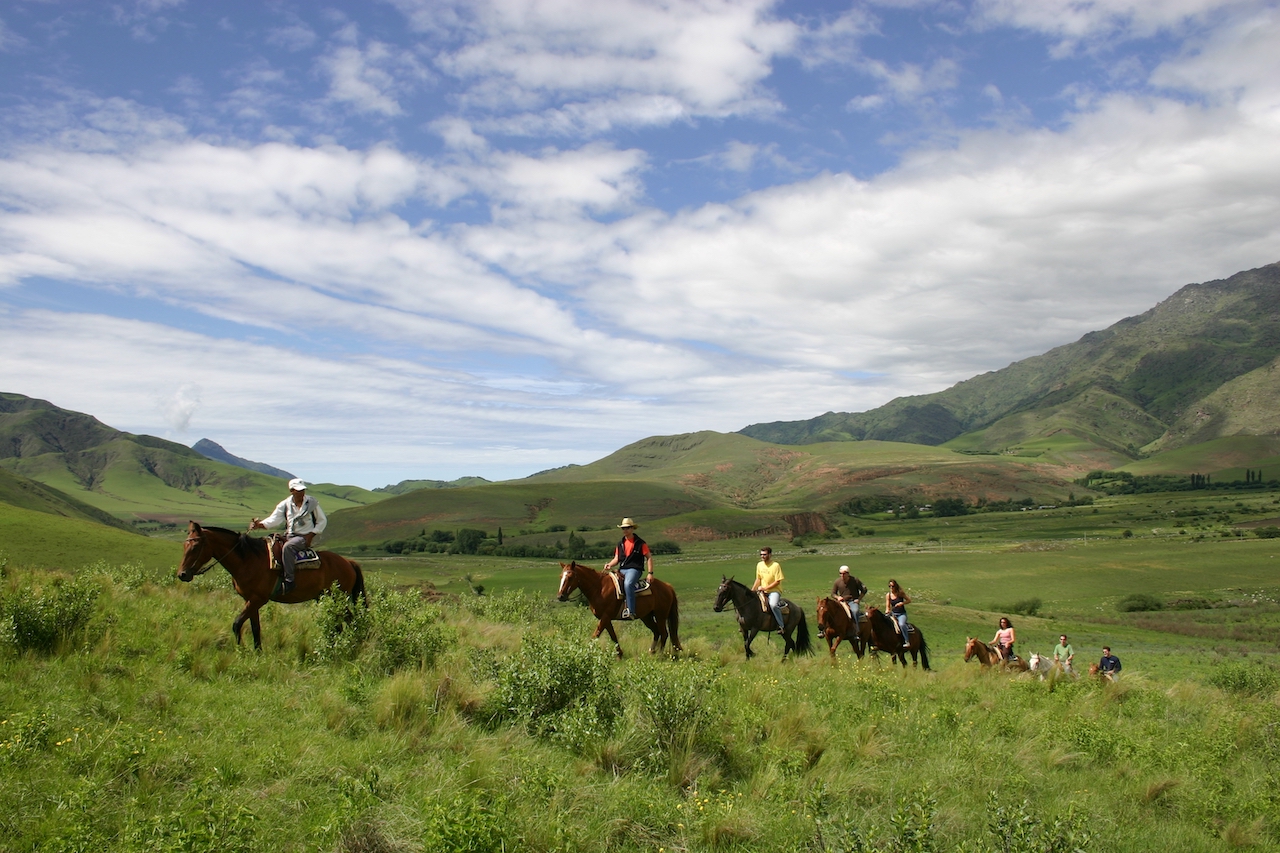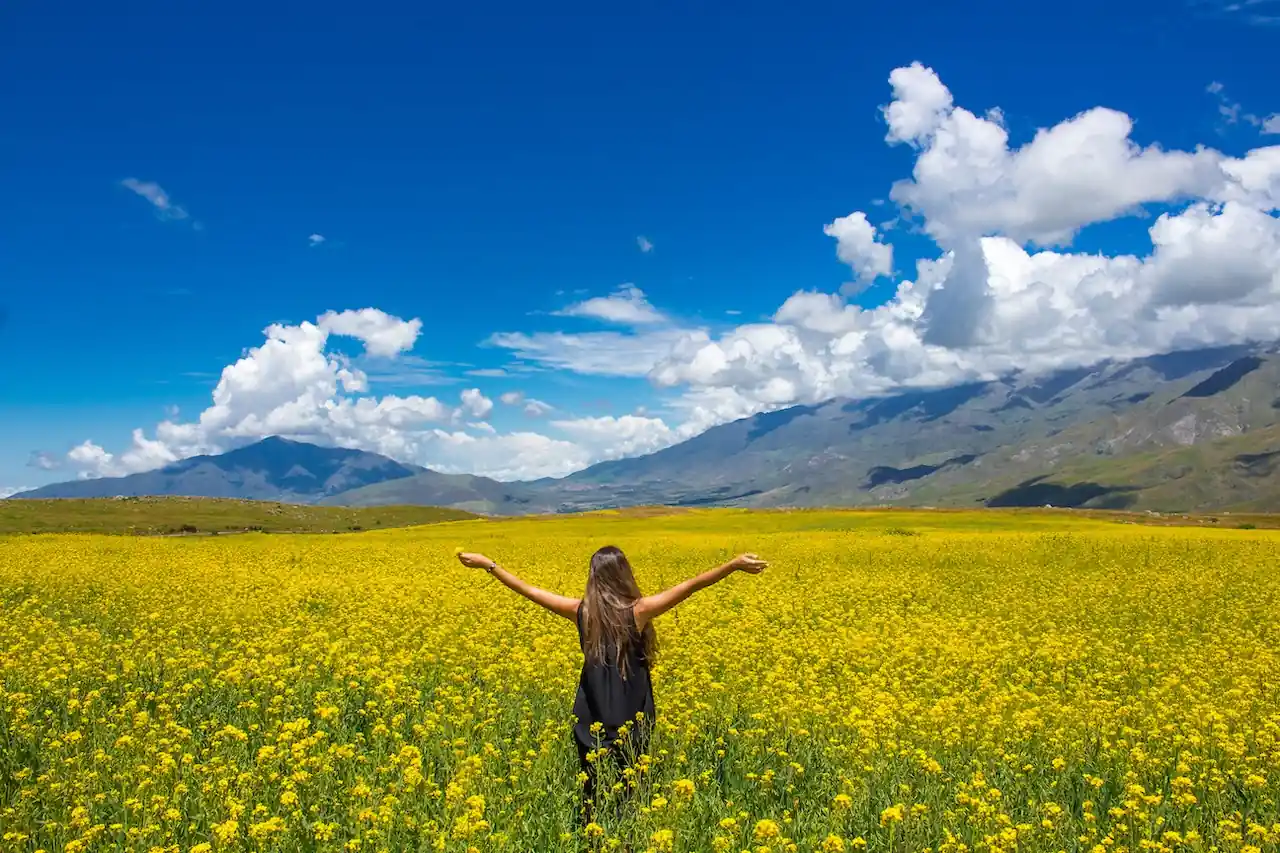


This city is located in the northwest of Argentina and was once the land of the Jesuits. It is part of the Calchaquíes Valleys and is located only 126 km away from San Miguel de Tucumán. An ideal tourist destination to relax and rest, it is one of the largest cities in the province. Tafi has the perfect mix between jungle and arid valley. Besides, its streets are steeped in history and tradition. Its climate is warm and somewhat humid. It is the highest valley in the world and one of the most visited, with a height of 2014 metres and a surface of 150 square kilometres. It is located in the centre of the Tafi Valley that divides the high mountain ranges of the Sierra del Aconquija to the south and the Cumbres Calchaquies to the north. It is surrounded by mountains, rivers, streams and an important lake.
Experience the Magic of Tafi del Valle: Unforgettable Tours through the Andean Foothills of Argentina
One of the most paradisiacal places in Tucumán, ideal for summer holidays. It stands out for its exquisite local dishes, the best empanadas in the country, the locro and the homemade sweets. And the dish not to be missed is the charquí, prepared in any of the restaurants of the city. It is salted meat at room temperature and without chemical processes or preservatives.
One of the most paradisiacal places in Tucumán, ideal for summer holidays. It stands out for its exquisite local dishes, the best empanadas in the country, the locro and the homemade sweets. And the dish not to be missed is the charquí, prepared in any of the restaurants of the city. It is salted meat at room temperature and without chemical processes or preservatives.
For adventure tourism lovers, in Tafí del Valle you can do different activities such as trekking, horseback riding among its hills, kayaking in the La Angostura Dam and mountain biking.
Among its most important attractions:
Abra Del Infiernillo: it is a mountain pass of 3042 metres above sea level that joins the Tafi Valley with the Calchaqui Valleys.
Cerro de la Cruz Viewpoint: from there you can see the whole city.
Monumento del Indio (Indian Monument): its name is Chasqui, but it is popularly known as Monumento del Indio (Indian Monument). It is a 6 metre high sculpture.
Natural Reserve of the defence of El Mollar-Quebrada del Portugués: it is part of the Aconquija National Park.
Museo y Capilla Jesuítica La Banda: it is available and preserved since 1718, it contains archaeological remains dating back to the Spanish conquest.
Open air archaeological museum Menhires Provincial Park: it contains monuments made by the first inhabitants of the Calchaquí Valley.
Los Faroles Pedestrian Walkway
Museum of Myths and Legends: it exhibits the cultural heritage of the ancient inhabitants of the area.
La Quebradita: a 10 kilometres long space, very suitable for walks, picnics, horseback rides and it has a small hill with a Christ the Redeemer.
Ruta del Artesano (Artisan’s Route): owner of a tradition of handicrafts. The visitor will be able to see a variety of artisan workshops that offer wool, leather, stone and ceramic products.
Los Alisos Waterfall: a 60 metre waterfall. It is an ascent of about 1000 metres, takes about 3 hours of walking and is not easy. A specialised guide is required. It is advisable to count on the service that we can offer you from Argentina Pura.
The return of the valley: a walk along the whole Provincial Route N° 325 and a stretch of the 307, going through the Cerro El Pelao, the slopes of the Cerro Muñoz, Ñuñorco and Mala Mala on the way.
Popular festivities: The National Cheese Festival is held in the month of February as a symbol of this city. Also, the representation of the life and passion of God man in Holy Week.
Send us as much information as you can to customize your argentina trip. We’ll be happy to help create new experiences based on your thoughts and likes. Our goal is to make the best trip you’ve ever dreamed!
It is worth mentioning that in Tafí del Valle you can experience ranch tourism, that is to say, you can stay in typical ranches of the valley, thus connecting with the history of the families that lived in the area since the 18th century. In this way, you can connect with the history of the families that lived in the area since the 18th century, as well as with their customs and gastronomy.
Ready to learn more about Argentina and the best places to explore?